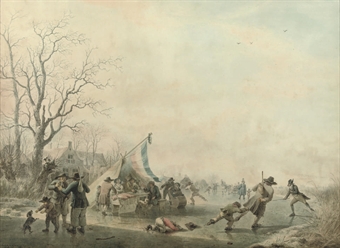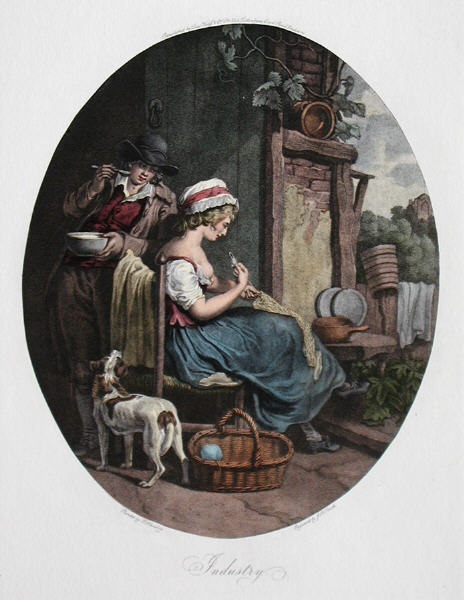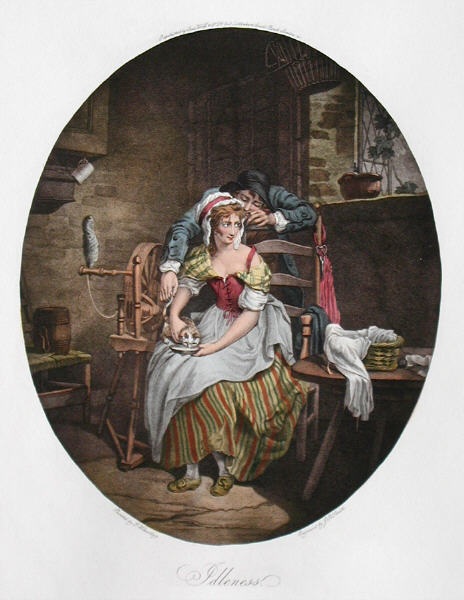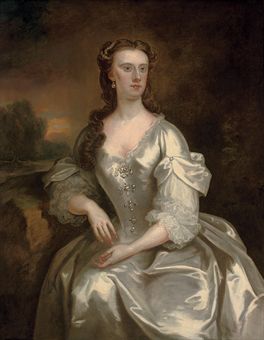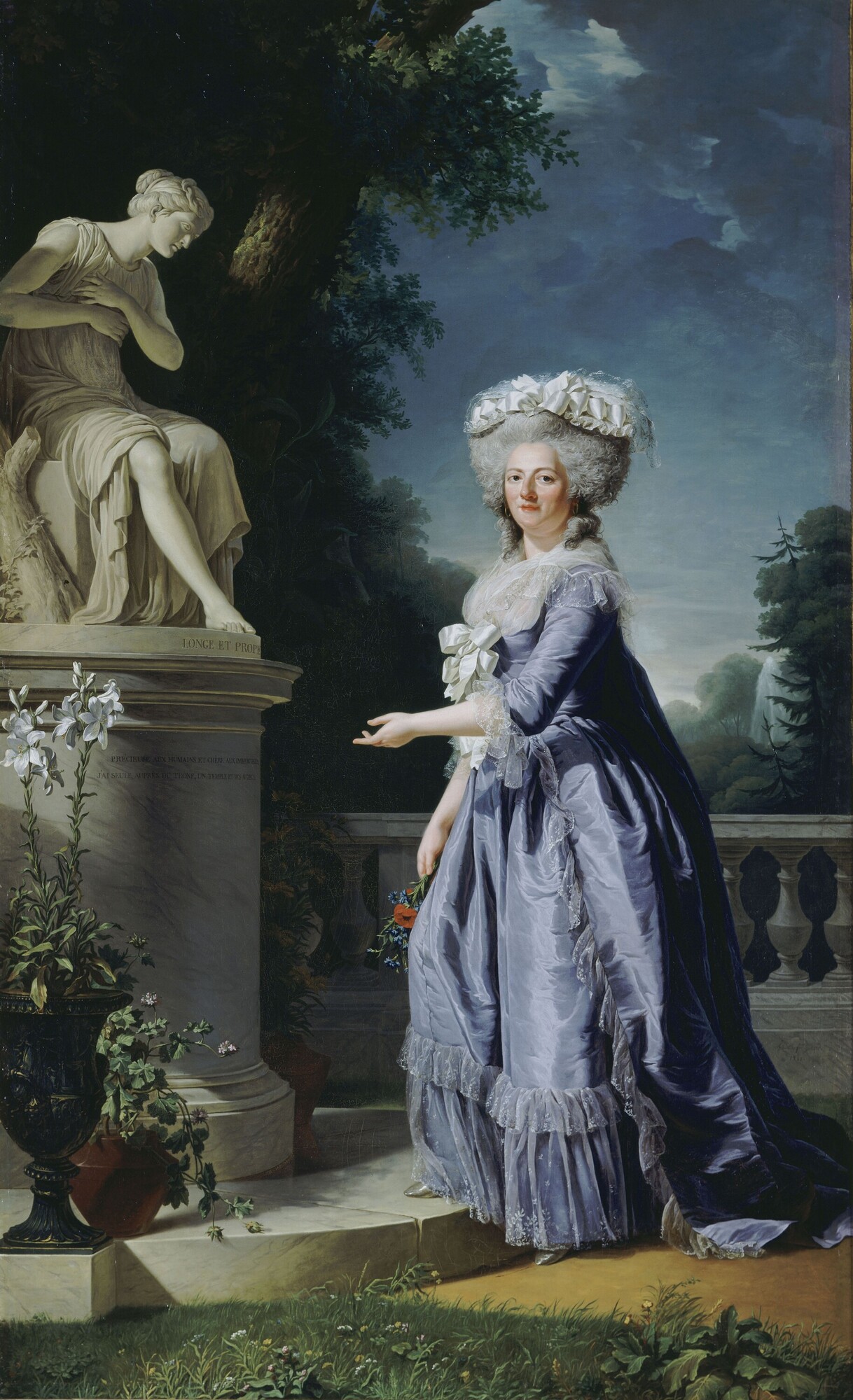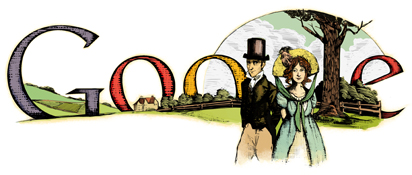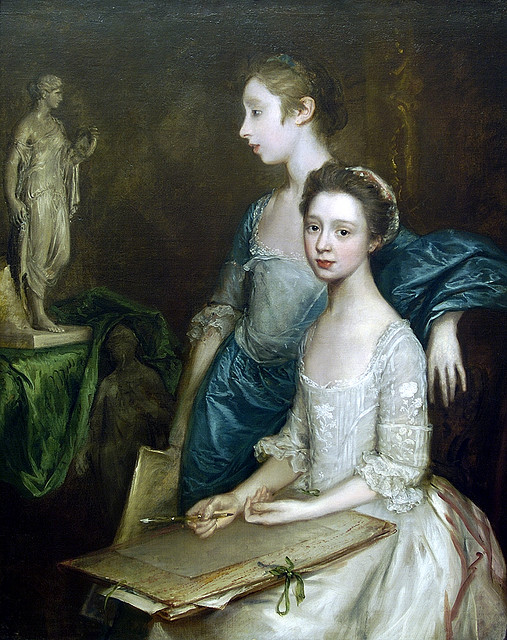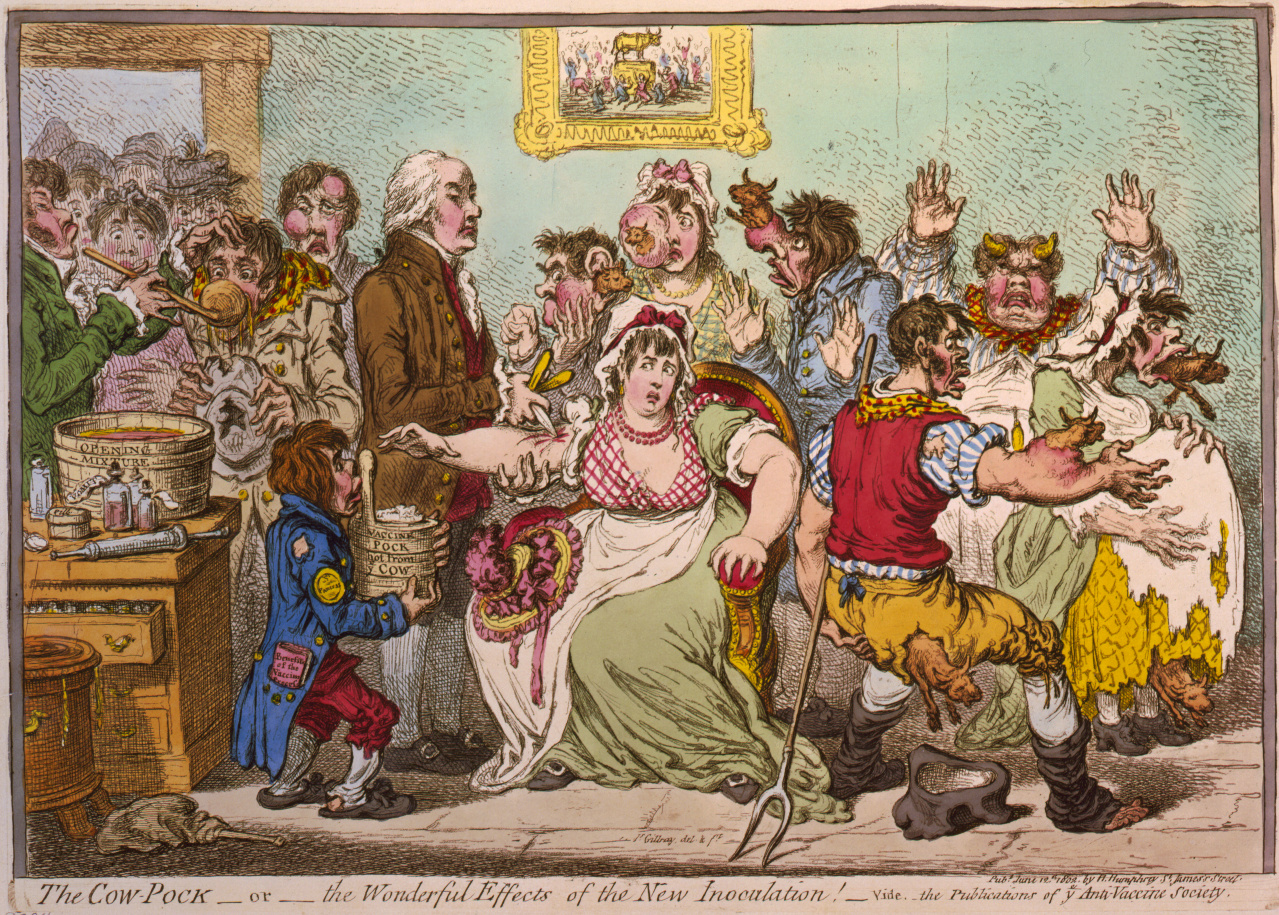It is always unfortunate to hear of a fantastic museum exhibition that is sadly too far away. Luckily there is always some comfort in exhibition catalogs that allow the geographically challenged to vicariously attend the exhibition. Such was the case with The Cincinnati Art Museum's exhibition,
Thomas Gainsborough and the Modern Woman and I. Luckily for me, Benedict Leca was very kind in supplying me with a copy of
the corresponding book
so I could get a literary perspective on the exhibition.
Immediately upon opening the catalog you will find that it is quite different from others that may be sitting on your shelf. Of course it has the glorious colored plates of the paintings exhibited and essays by notable art historians but the book makes an impact on you before you even read a word, proving that there's something quite special about this culmination of paintings. The title,
Thomas Gainsborough and the Modern Woman automatically gives you the sense of something old (Gainsborough) and something forthcoming ("Modern") which the overall design of the book mimics, having a unique and modern layout, daringly mixing serif and sans serif fonts, putting footnotes in the center, and breaking other such rules to produce a catalog that challenges what we know to be the
norm. That is how Gainsborough was with his style of painting or, as he referred to it, "touch of the pencil" as Leca reminds us in his essay. Gainsborough brought a unique style that elevated him to one of the most sought-after painters of his time and still brings him renown today.
Included in the catalog are three accompanying essays; one by the curator, Benedict Leca, one by clothing art historian, Aileen Ribeiro, and the last by Amber Ludwig who is completing her PhD in the portrayals of Emma Hamilton. The three contributors all bring a different perspective to the general topic of female portraiture in eighteenth century England so you may find yourself disagreeing with one perspective and agreeing with another.
This was a fantastic read, for what is
undoubtedly a great exhibition. I found all the essays both different and engaging and loved that book not only contain plates at the beginning but large details of the paintings blown up throughout the book in order to give the reader a more intimate look at the portraits being discussed. Many of the topics will interest readers of this blog; there is much discussion on portraying the fallen woman (most of whom have been
featured on this blog), clothing, and how women could exert themselves through the painted image.
Thomas Gainsborough and the Modern Woman will be leaving The Cincinnati Art Museum on 2 January and will soon be unveiled at the San Diego Museum of Art on 29 January. The catalog is available to purchase from
Amazon.com
and the
museum.
 Mes cher beaux et belles,
Mes cher beaux et belles,








